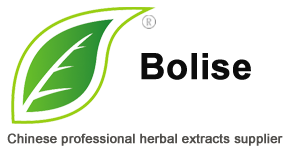Anthocyanins from mulberry fruits
Anthocyanins are pigments which hold potential use as dietary modulators of mechanisms for various diseases and as natural food colorants. As the safety of synthetic pigments is doubted and in the wake of increasing demand for natural food colorants, their significance in the food industry is increasing. Anthocyanins yield attractive colors of fresh plant foods such as orange, red, purple, black and blue. Since they are water-soluble, they are easily extractable and incorporated into aqueous food systems.
A cheap and industrially feasible method to purify anthocyanins from mulberry fruit which could be used as a fabric tanning agent or food colorant of high color value (of above 100) has been established. Scientists found that out of 31 Chinese mulberry cultivars tested, the total anthocyanin yield varied from 148 mg to 2725 mg per liter of fruit juice. Total sugars, total acids and vitamins remained intact in the residual juice after removal of anthocyanins and that the residual juice could be fermented in order to produce products such as juice, wine and sauce.
Worldwide, mulberry is grown for its fruit. In traditional and folk medicine, the fruit is believed to have medicinal properties and is used for making jam, wine, and other food products. As the genera Morus has been domesticated over thousands of years and constantly been subjected to heterosis breeding (mainly for improving leaf yield), it is possible to evolve breeds suitable for berry production, thus offering possible industrial use of mulberry as a source of anthocyanins for functional foods or food colorants which could enhance the overall profitability of sericulture.

 Asia Bio-Pharmaceutical Research Institute
Asia Bio-Pharmaceutical Research Institute Bolise Co., Ltd.
Bolise Co., Ltd.

